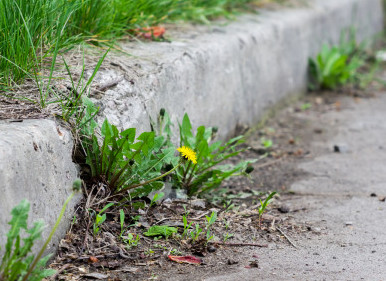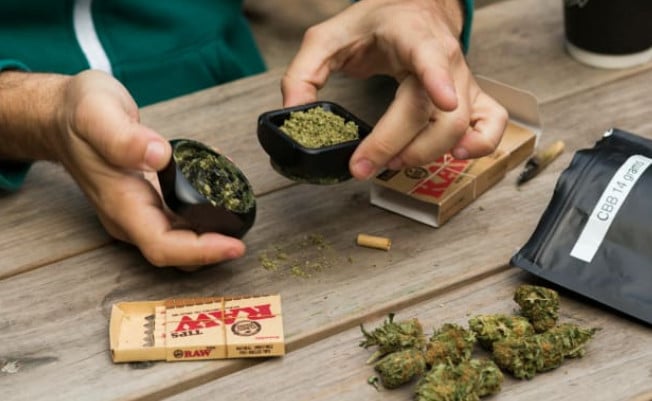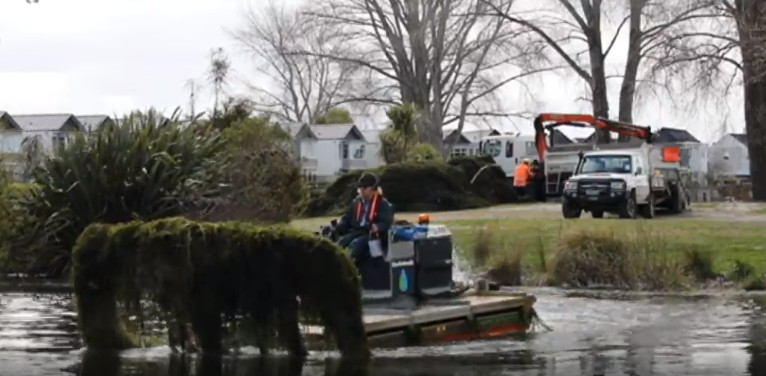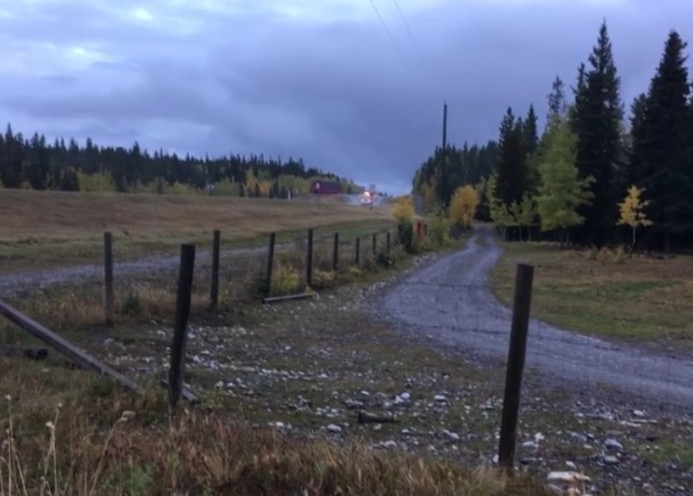DUBLIN CITY COUNCIL is seeking to award a contract for a weed control service worth €500,000.
The contractor will be required to spray roads, laneways, footways, medians and other areas under the remit of the council – covering 1,051km of roads and 94km of laneways across the capital.
There are also 21,500 trees on public roadways/footpaths and the council says it reserves the right to terminate the agreement at any time if the delivery of the service is not being provided at an acceptable level.
Furthermore, the council will act outside of the agreement if a more advantageous offer arises.
It said: “Dublin City Council reserves the right to operate outside of the framework agreement at its discretion; particularly should it become apparent that doing so would offer greater value for money or if a more environmentally friendly product or mechanism of application becomes available.”
The contractor must provide “total weed control” along the back of footways, along the side of roadways, around trees and street furniture, and all traffic islands which pedestrians use.
“The service must consist of a general application of herbicide early in the growing season, followed by at least two subsequent inspection visits with follow-up treatments as required,” it said.
The “control of weeds” should take place between April and June, and some areas may require a second or third treatment in August or September.
Even though herbicides will be sprayed, care must be taken that damage is not done to trees and shrubs that are in the same areas as the weeds.
No payment will be made until the first inspection conducted by Dublin City Council is passed.
While the initial contract is for one year, there will be the potential to renew the deal for 2020.
The deadline to respond is 22 January.
Credit: www.thejournal.ie













